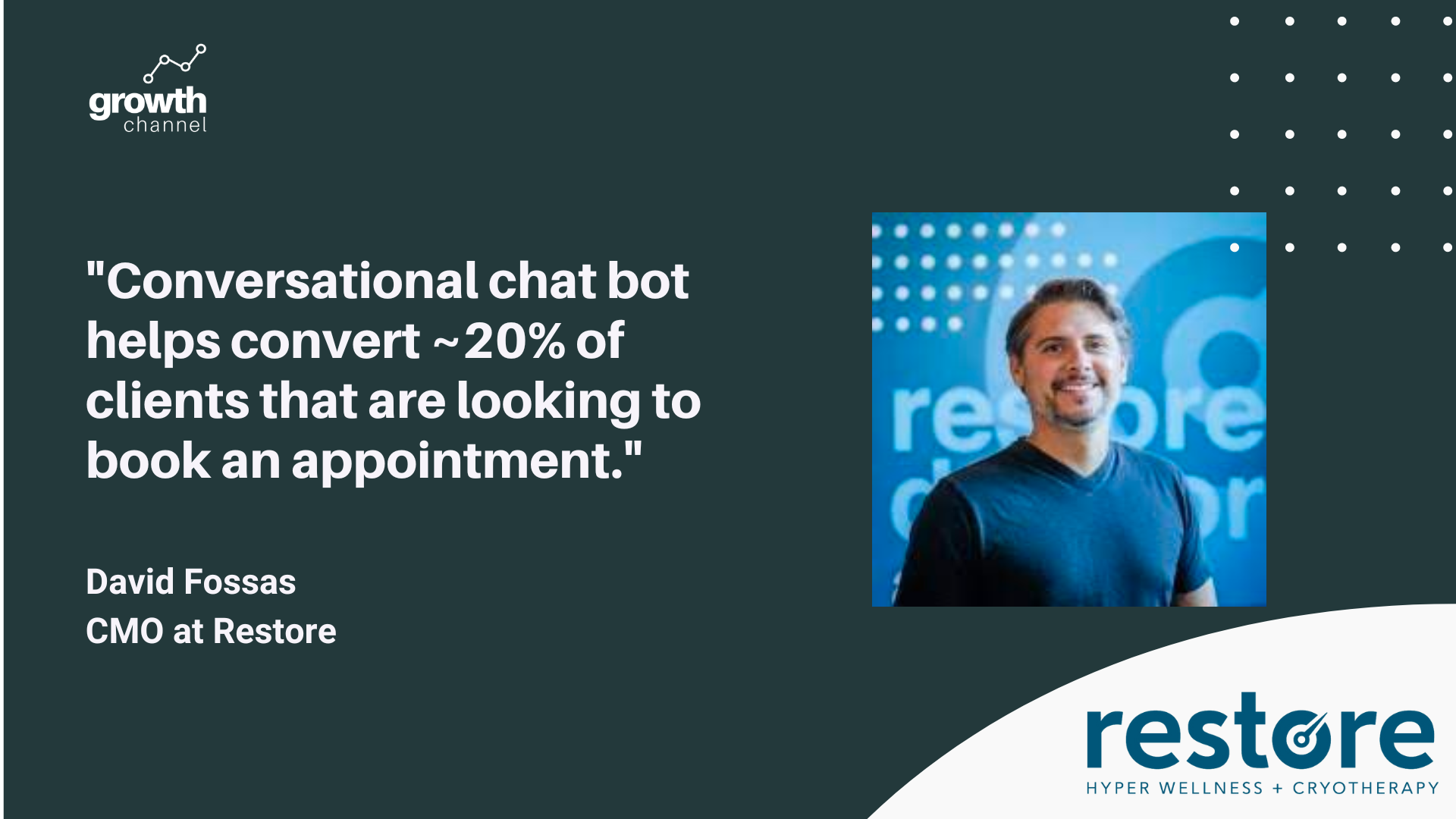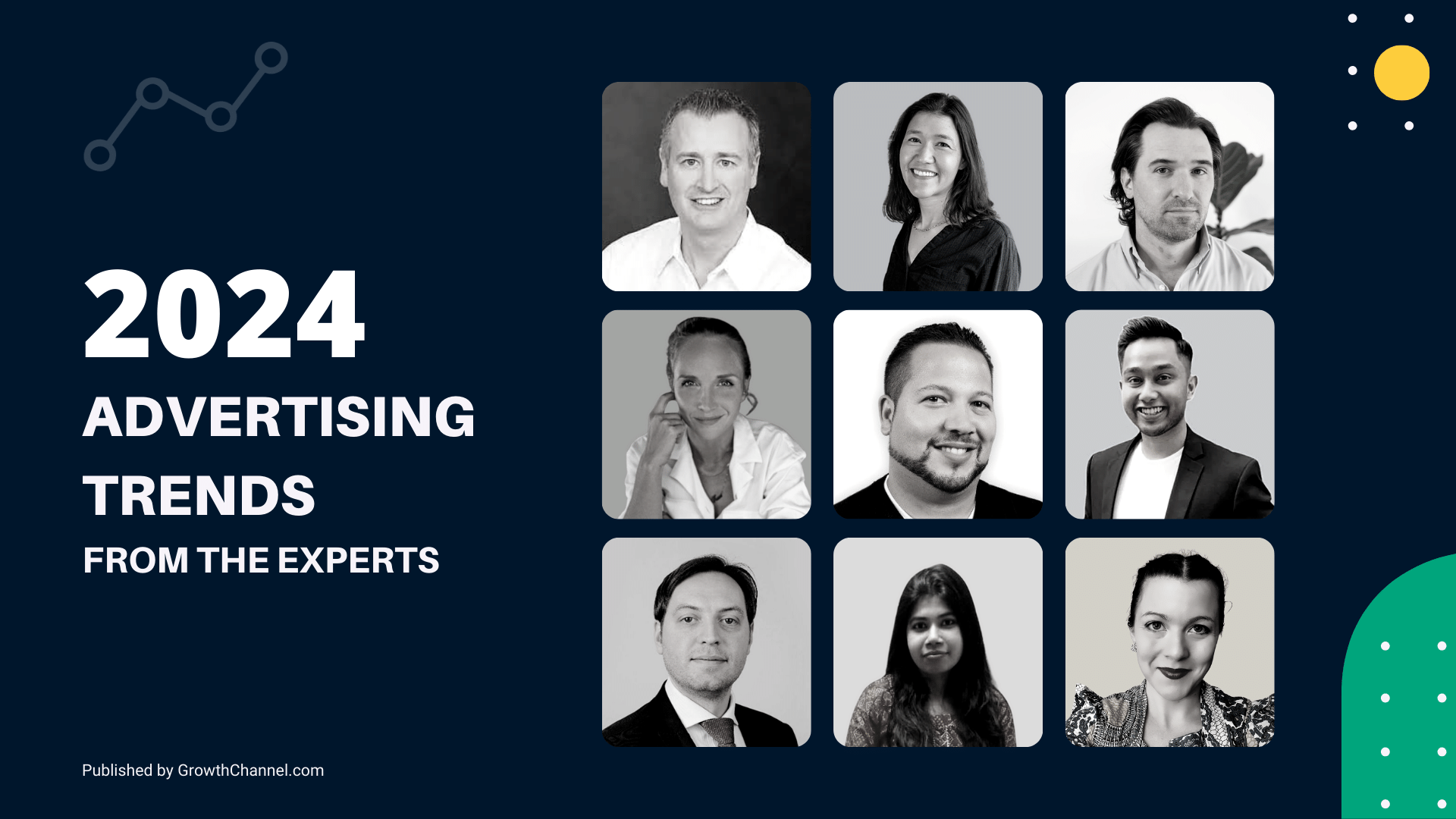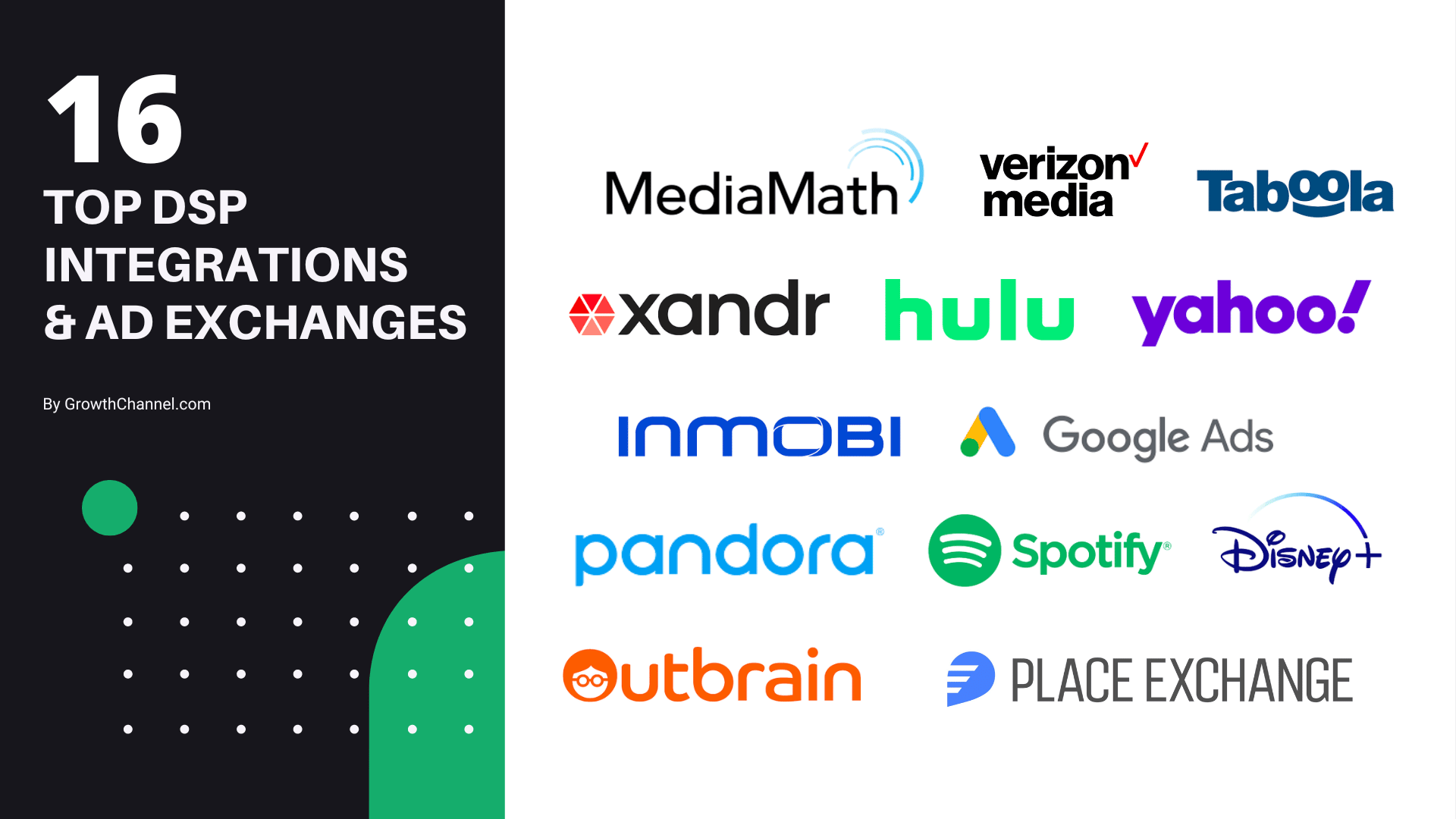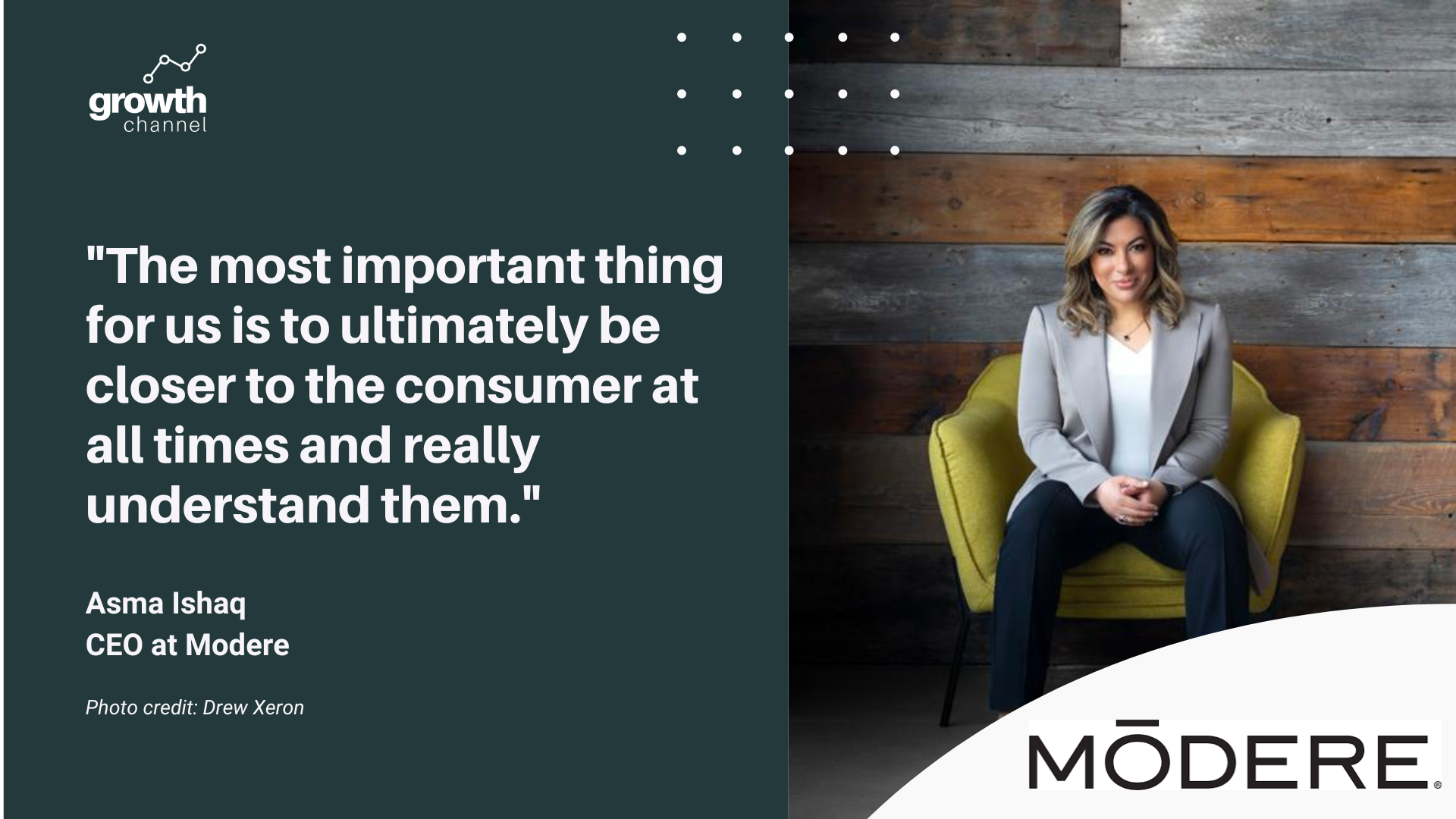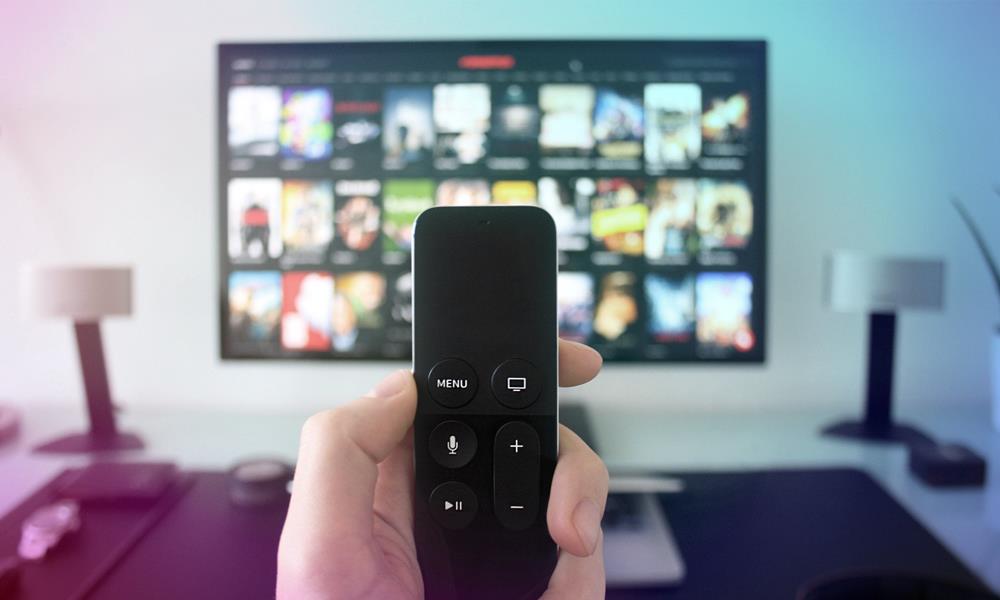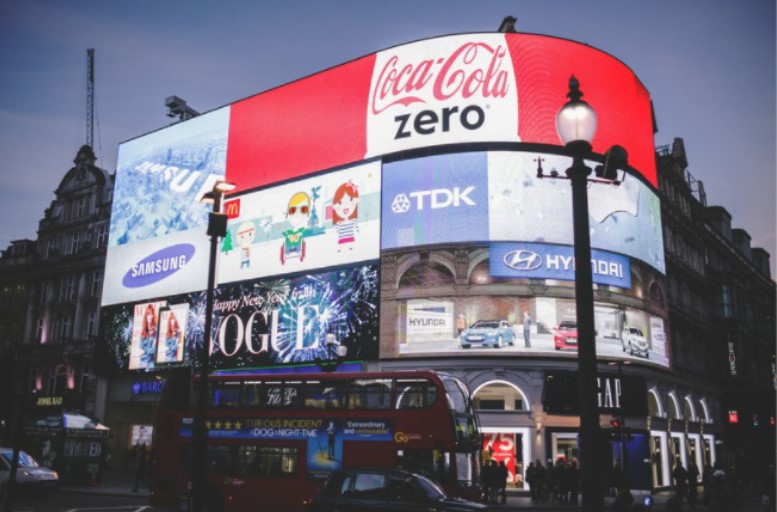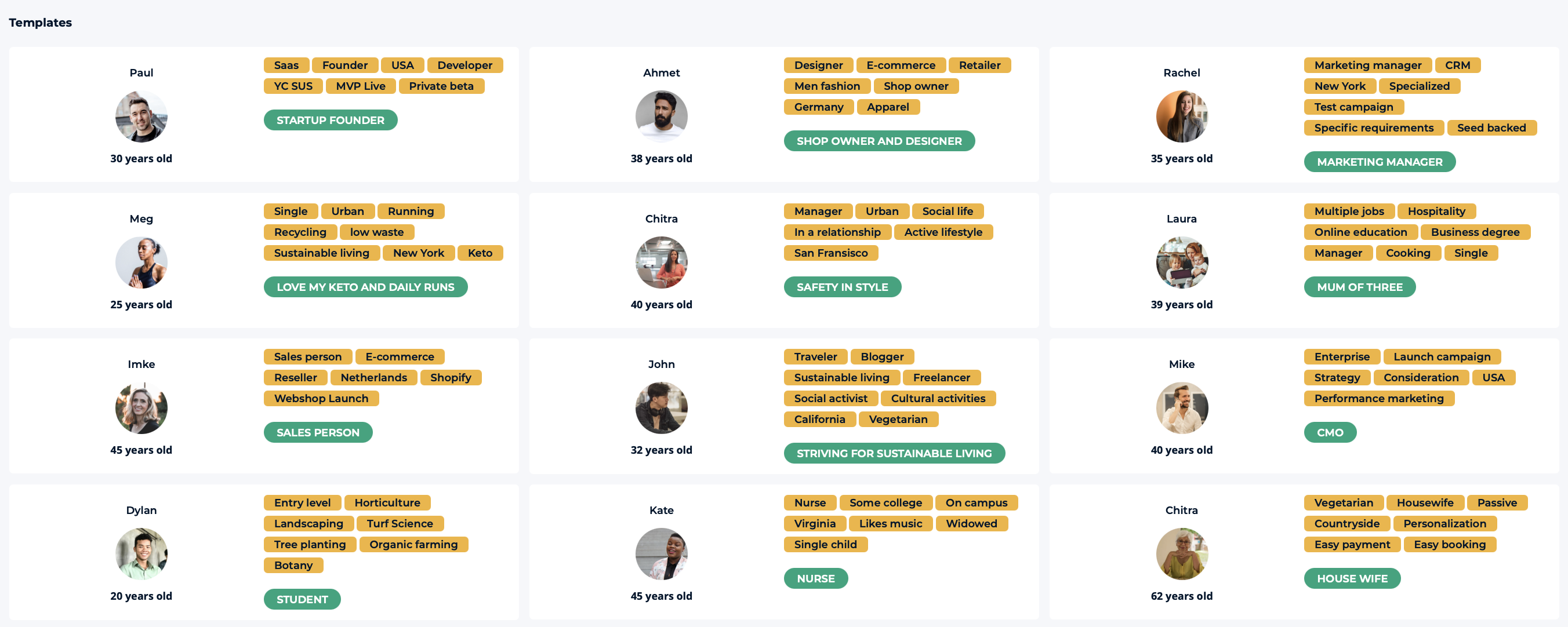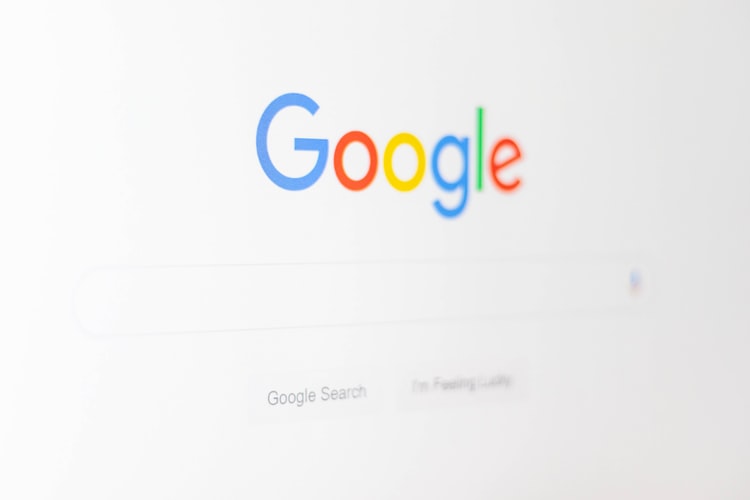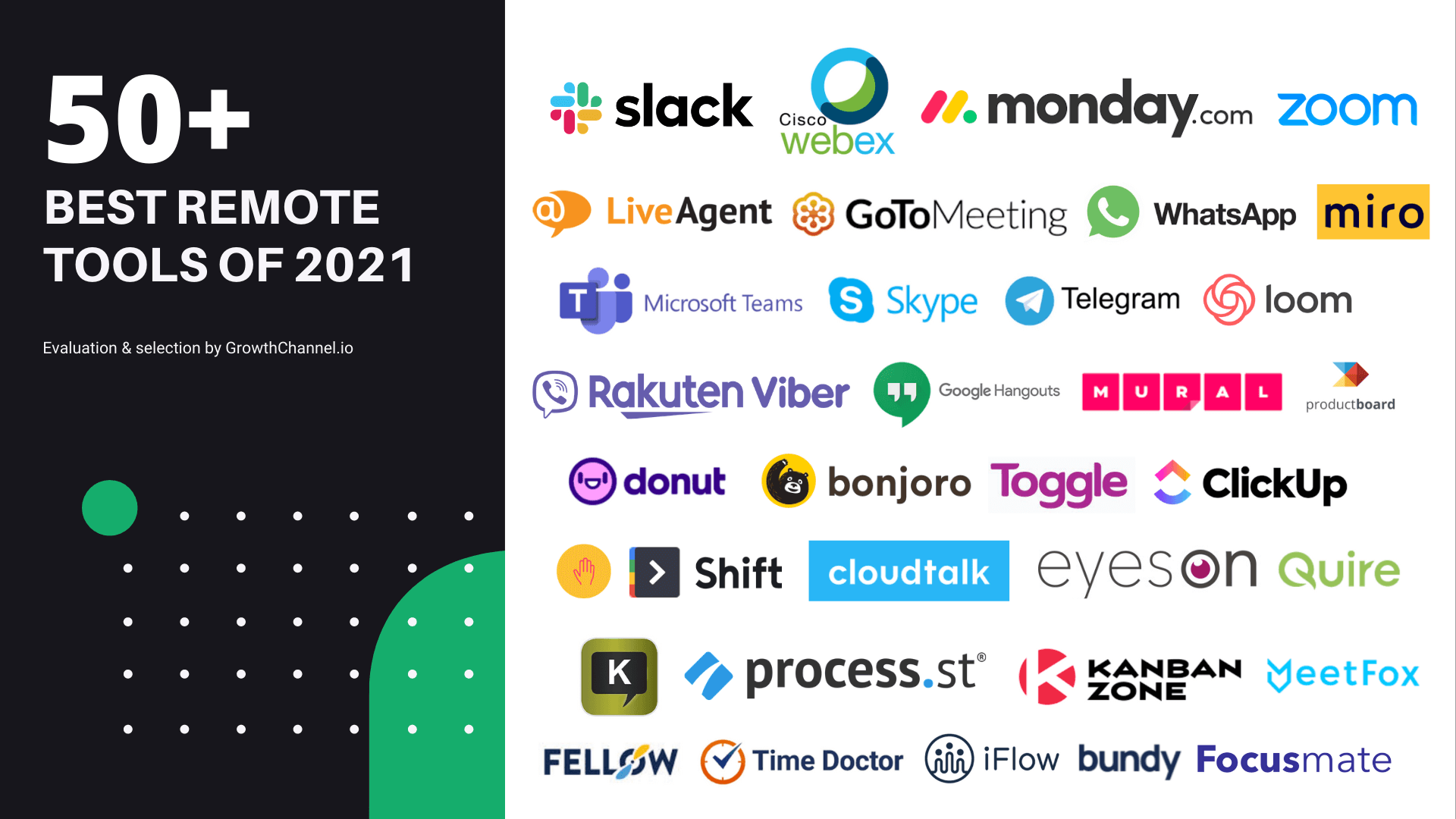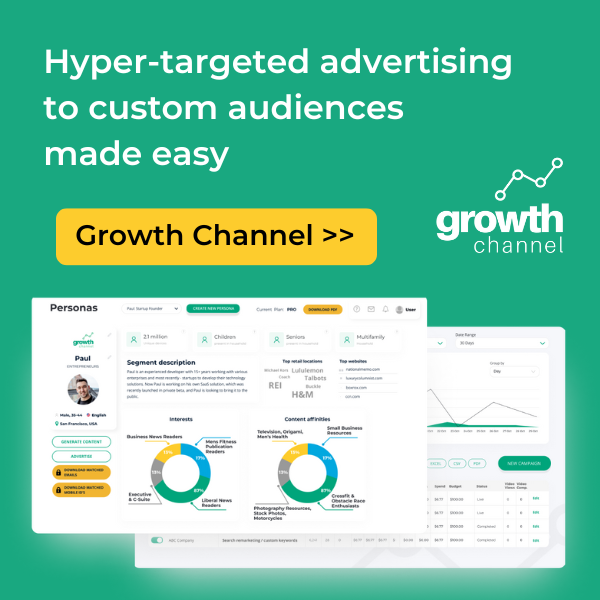Marketing organisation is a primary driver of innovation in any firm. We spoke with the CMO of Restore, David Fossas, about how they have been using artificial intelligence to solve one of the more acute issues - converting leads into booked appointments.
Restore is a retail based health and wellness company with 150+ locations across the United States. The company is growing very quickly and expects to open another 50+ locations this year.
Restore has a relatively novel concept. Most people in the world don't realize that they can get things like IV drips, cryotherapy, and mild hyperbaric oxygen therapy to help them feel their best and do more of what they love. Restore wants to change that and make what they call “Hyper Wellness” affordable and accessible to everyone.
What role does innovation play in your marketing?
“We're driving awareness and interest for our locations and services, as well as foot traffic into the stores. But we're not a consumer packaged goods company nor are we an eCommerce brand. There's a fair bit of education that needs to happen with clients before they come into the store. So, a lot of our funnel is about driving leads before they come in and actually buy a service. This is where we've used AI. It’s essentially a chatbot that follows up with prospects for any missed call to the location. For example, a client calls a location during store hours or after-hours, and there's a missed call. Within a couple of seconds, that client will get a text message, something to the extent of, “Sorry, we missed you, how can we help?” Our conversational chatbot can then help with a consultation, answer basic FAQs, and book the appointment.
The chatbot helps convert about 20+% of clients that are looking to book an appointment.
It also helps reduce the amount of work that the store staff has to do to connect with clients over the phone to get their appointments booked. Now we're looking at using that concept even from a lead generation perspective. When a prospect fills out a lead form, our chatbot will send them a text right away. We're also looking at implementing the chatbot on our website to convert more of our new site visitors into booked appointments.”
Have you faced any challenges when implementing conversational chatbot into your existing processes?
“There are several things that we have to consider. One is customizing the conversation for your brand. We have a relatively novel model that we offer to our clients. We have to teach the AI about our services and how to speak about them in a compliant way. Some of our services are regulated by the FDA and some are not, so we have to be able to customize the language to our brand and to ensure that it is medically compliant.”
“The other part involves technical integrations where we connect the AI to our booking point of sale system to ensure that the bot can actually go and book that appointment. It needs to pull information from the POS via API to determine what slots are available for the service that the client is looking for, and at the location that the client is looking for.”
What’s your process for marketing planning, especially when it comes to identifying the target audience and moving them across their customer decision journey?
“Like for any brand, Awareness is at the very top of the funnel. That's where we're looking for net new prospects that have never engaged with Restore before. From a targeting perspective, we exclude anyone that's ever visited restore.com as well as existing customer lists. So we truly want to get net new prospects and not just be advertising to existing clients or existing leads. At the Awareness stage, we're really just trying to expose these new prospects to the experience of the brand. We don't go into education at that point. What we're trying to show is what the experience looks and feels like in Restore to intrigue and create interest in learning more. Primarily, we do that with video advertising. We run 30- and 60-second brand spots across social platforms like Facebook, Instagram, YouTube, and Connected TV.”
“Once somebody's watched that ad through completion, we want to remarket to those engaged audiences into our Interest stage of the funnel. At this point, we want to drive traffic to restore.com to start learning about our modalities. Whereas at the Awareness stage the goal is just to complete a view of the ad, at the Interest stage we're looking for them to come to restore.com and explore. We’ll advertise at this phase with shorter slots like 8-15 second ads that then talk more about the benefit of the modality. Then we'll also run ads for articles from our blog or other pieces of content that will drive people to come over to restore.com to learn more.”
“Then we retarget at the Consideration stage when they’re interested. You can also think of it as a Trial: what is the kind of deal or promotion that we're going to offer the client to get them to book an appointment. Then finally it's Conversion into membership and turning those members into Advocates.”
“When we think about that funnel, from a planning perspective, we essentially have two work streams. The first is the Brand Marketing work stream. There, we're looking at what national marketing campaigns we need to run to drive Awareness and Interest for the brand. If our advertising is starting to lose performance, maybe because it's been running too long, we need to produce new creative to refresh the platforms with a new creative and continue to drive more of that awareness. Do we need to run PR campaigns or Ambassador programs that will reach the target audience?”
“The other work stream is Local Marketing. As a franchise based organization, a lot of our time and effort is focused on driving leads and foot traffic to specific franchise locations. Essentially, with 150+ stores, we have 150+ local marketing funnels that we have to plan for and manage. Did our ads drive the target amount of leads that we need for that store that month? Were we able to convert those leads into booked appointments and into memberships? If our lead volume dropped, and our cost per lead went up, do we need to refresh the ad platforms with some fresh creative and new promotions to drive more leads at a good cost per lead for those stores?”
What are your marketing priorities for 2022?
“We're still a relatively young company.We were founded in June of 2015, and we started franchising in 2017. A lot of the growth has happened over the last two years in particular. The focus has really been on that local marketing side, helping individual stores open successfully and have good member growth.”
“This year we have two major priorities for the organization, to drive awareness and interest for the brand. We're starting to get into the brand marketing side. We launched our new website in March, which was a significant upgrade from what we had before. It’s much easier to navigate, understand, and educate about the modalities, and to book appointments. We also launched our first national master brand advertising campaign. We just announced our first ambassador partnership and have partnered with Tim and Demi Tebow to help drive more awareness for what we call the ‘Hyper Wellness lifestyle’, which is a more proactive approach to your health and wellness.”
“Over the next couple of months, you'll start to see more PR from a thought leadership perspective around proactive health, more education on the science and research that has gone into longevity, and how you can potentially improve your longevity by using Restore services. Additionally, we are starting to focus on frictionless digital experiences. Part one of that was launching the new website and continuing to optimize it. The second is launching our mobile app where you'll be able to see the credits of your membership, any packages that you bought, book and reschedule appointments.”
The vision is to help personalise your health, and this is where AI will come back into play as we mature as a brand and with our technology stack.
“The idea is to be able to connect with your fitness tracking devices. For example, I wear an Oura ring to track my sleep, and a lot of people wear Apple Watch or Fitbit. You'll be able to connect with your health tracking devices and start to look at your health score. Those tracking devices will improve when you use modalities at Restore. For example, I know if my Oura ring says that I didn't get a great night's sleep last night, I can go into Restore. For me what helps is if I do go do either cryotherapy, or mild hyperbaric oxygen therapy, I will see an improvement in my sleep score that next night. We want to be able to better correlate health outcomes from using our services and then use that to provide essentially a personalised recommendation engine. We expect as we mature as an organisation, we’ll start to use AI and machine learning a lot more to really develop that personalised recommendation engine.”
